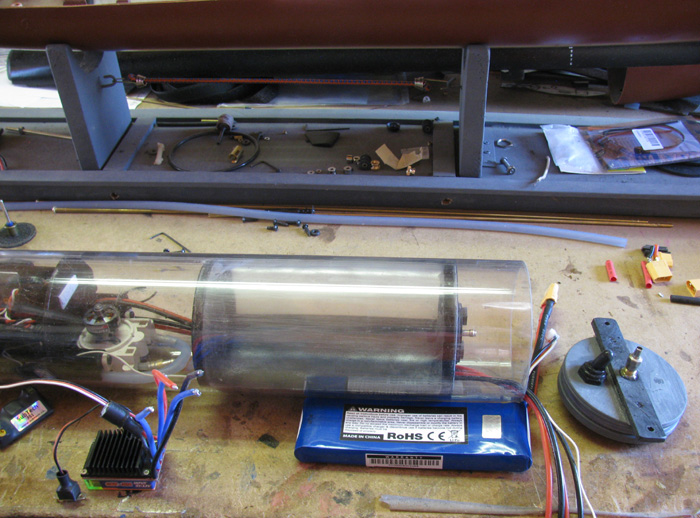Now that I've retired I hope to finish the Type Ix sub. I have read that some people use a tube into the wtc to give it positive pressure when testing for leaks initially.
Can someone give me a bit more detail as in 1) What type of tube- Brass, or flexible tube
2)how do they seal it
I know this sounds pretty simple but I don't want to drill holes in the wtc if it is not necessary or alternatively can anyone suggest another method.
Can someone give me a bit more detail as in 1) What type of tube- Brass, or flexible tube
2)how do they seal it
I know this sounds pretty simple but I don't want to drill holes in the wtc if it is not necessary or alternatively can anyone suggest another method.

Comment